Bats
Bats reach in size over the distinctive species, yet tend to normal around 5.5 to 19 cm long (tip to tail) with a wingspread of roughly 15 to 38 cm. Most weigh somewhere around 3.5 and 60 grams (in the U.S.). Bats’ bodies are secured with hair changing in shading from tan to dark. Their wings stretch crosswise over prolonged arm and finger bones.
Most bats have pointed ears and have the trademark wings made of rough skin; there is no hide on the wings. Bats likewise have teeth. Whenever perching, bats ordinarily clutch their perch with their rear legs, hanging upside down. They can’t get a handle on with their front legs as the toes, known as fingers, are the backing of the wing.
Bat Sound
Click here to listen to the clicking and popping sounds bats make to discover their way through the dim.
Conduct, Diet and Propensities
Most bats are insectivores, nourishing on creepy crawlies during the evening. Bats will likewise visit outside lighting where bugs will be flying in hotter climate. They might likewise be found close swimming pools, as creepy crawlies may be pulled in to these ranges. Some species incline toward different sustenances, for example, natural products, yet the vast majority of these are not normally found in the United States.
Bats can be either provincial bats, living in states, or lone bats, living alone or with only a couple of different bats. There is no ruler bat in provinces; the bats simply total together.
Bats rise in the beginning of spring and leave their overwintering locales for summer homes. Commonly, the first to set up settling ranges are the females prepared to conceive an offspring. In light of their looming maternity, these new states are known as maternity or nursery provinces.
Child bats are typically conceived amid the mid year months. The newborn child bats breastfeed until they’re prepared to fly and chase sustenance all alone. The bats stay in this perch until the fall when it’s an ideal opportunity to overwinter. Before leaving for winter home, guys start touching base at these provinces in vast numbers, prepared to mate with the female occupants.
Winter hibernation is an impulse felt by all household bat species. Some travel under 100 miles, while others travel a huge number of miles from their late spring perch. Similarly captivating is that a few animal varieties winter in little gatherings, while others decide to accumulate in extensive numbers for their winter rest.
Propagation
Numerous bats produce one litter of a couple of youthful every year, except number of posterity and mating propensities differ contingent upon bats species.
Indications of a Bat Infestation
Property holders may identify bats in a few ways. As bats enter and leave an opening, the oils from their hide get saved and can bring about a cocoa to dark stain. Bats can bring about clamors inside the home from their normal exercises. Their droppings are another pointer of bat action. The droppings are fragmented and brimming with bug parts, which separates them from mouse droppings. The bats themselves are a sign and may be watched leaving from the home in the sunset to ahead of schedule night hours.
More Data
Are Bats Risky?
Bats are an interesting warm blooded creature that has a long and storied history loaded with misguided judgments. Through time, they’ve gotten to be connected with abhorrence of numerous structures, for example, divination, witchcraft, frequented burial grounds and vampires. Bats likewise have long been dreaded because of a conviction that rabies is uncontrolled inside of their populace. This is just halfway genuine. Bats can convey rabies, yet it is uncommon, and most bats want to keep away from association with people so the possibilities of transmittal are low aside from when performing bat control work.
What is valid about bats is they’re nighttime and the main well evolved creature prepared to do genuine flight. Bats are helpful to people, since regular species bolster totally on creepy crawlies. A few individuals even decide to introduce bat houses on their property to energize settling.
Bat Species
Despite the fact that bats are unmistakable as a family, singular animal varieties can be hard to separate. There are more than 900 types of bats worldwide with around 40 of these dwelling north of Mexico.
The three of the most well-known species experienced locally are the enormous cocoa bat, the minimal chestnut bat and the Mexican free-tailed bat. These can be hard to distinguish one from the other (notwithstanding for an expert), so it’s suggested that a specialist be counseled preceding endeavoring any control endeavors.
Bat Control
Bat administration is genuinely a test. Any opening 3/8 inch or bigger is adequate for passage of littler bats, so bother administration experts must be exceptionally careful in their endeavors.
The main piece of effectively dealing with a bat infestation is to examine and assess the circumstance. Two reviews may be fundamental for a full comprehension of the circumstance.
A review at sunset decides the span of the infestation as the bats leave for their daily encouraging. Likewise, it demonstrates their favored way out point from the structure.
A second review needs to occur amid sunlight hours when the bats are resting and people can see best (brilliant lights, for example, spotlights and work lights may alarm the bats during the evening and make them change their propensities). This assessment needs to recognize inadequacies of the building/structure, the perching site, types of bat and hardware expected to viably control.
Most bats have pointed ears and have the trademark wings made of rough skin; there is no hide on the wings. Bats likewise have teeth. Whenever perching, bats ordinarily clutch their perch with their rear legs, hanging upside down. They can’t get a handle on with their front legs as the toes, known as fingers, are the backing of the wing.
Bat Sound
Click here to listen to the clicking and popping sounds bats make to discover their way through the dim.
Conduct, Diet and Propensities
Most bats are insectivores, nourishing on creepy crawlies during the evening. Bats will likewise visit outside lighting where bugs will be flying in hotter climate. They might likewise be found close swimming pools, as creepy crawlies may be pulled in to these ranges. Some species incline toward different sustenances, for example, natural products, yet the vast majority of these are not normally found in the United States.
Bats can be either provincial bats, living in states, or lone bats, living alone or with only a couple of different bats. There is no ruler bat in provinces; the bats simply total together.
Bats rise in the beginning of spring and leave their overwintering locales for summer homes. Commonly, the first to set up settling ranges are the females prepared to conceive an offspring. In light of their looming maternity, these new states are known as maternity or nursery provinces.
Child bats are typically conceived amid the mid year months. The newborn child bats breastfeed until they’re prepared to fly and chase sustenance all alone. The bats stay in this perch until the fall when it’s an ideal opportunity to overwinter. Before leaving for winter home, guys start touching base at these provinces in vast numbers, prepared to mate with the female occupants.
Winter hibernation is an impulse felt by all household bat species. Some travel under 100 miles, while others travel a huge number of miles from their late spring perch. Similarly captivating is that a few animal varieties winter in little gatherings, while others decide to accumulate in extensive numbers for their winter rest.
Propagation
Numerous bats produce one litter of a couple of youthful every year, except number of posterity and mating propensities differ contingent upon bats species.
Indications of a Bat Infestation
Property holders may identify bats in a few ways. As bats enter and leave an opening, the oils from their hide get saved and can bring about a cocoa to dark stain. Bats can bring about clamors inside the home from their normal exercises. Their droppings are another pointer of bat action. The droppings are fragmented and brimming with bug parts, which separates them from mouse droppings. The bats themselves are a sign and may be watched leaving from the home in the sunset to ahead of schedule night hours.
More Data
Are Bats Risky?
Bats are an interesting warm blooded creature that has a long and storied history loaded with misguided judgments. Through time, they’ve gotten to be connected with abhorrence of numerous structures, for example, divination, witchcraft, frequented burial grounds and vampires. Bats likewise have long been dreaded because of a conviction that rabies is uncontrolled inside of their populace. This is just halfway genuine. Bats can convey rabies, yet it is uncommon, and most bats want to keep away from association with people so the possibilities of transmittal are low aside from when performing bat control work.
What is valid about bats is they’re nighttime and the main well evolved creature prepared to do genuine flight. Bats are helpful to people, since regular species bolster totally on creepy crawlies. A few individuals even decide to introduce bat houses on their property to energize settling.
Bat Species
Despite the fact that bats are unmistakable as a family, singular animal varieties can be hard to separate. There are more than 900 types of bats worldwide with around 40 of these dwelling north of Mexico.
The three of the most well-known species experienced locally are the enormous cocoa bat, the minimal chestnut bat and the Mexican free-tailed bat. These can be hard to distinguish one from the other (notwithstanding for an expert), so it’s suggested that a specialist be counseled preceding endeavoring any control endeavors.
Bat Control
Bat administration is genuinely a test. Any opening 3/8 inch or bigger is adequate for passage of littler bats, so bother administration experts must be exceptionally careful in their endeavors.
The main piece of effectively dealing with a bat infestation is to examine and assess the circumstance. Two reviews may be fundamental for a full comprehension of the circumstance.
A review at sunset decides the span of the infestation as the bats leave for their daily encouraging. Likewise, it demonstrates their favored way out point from the structure.
A second review needs to occur amid sunlight hours when the bats are resting and people can see best (brilliant lights, for example, spotlights and work lights may alarm the bats during the evening and make them change their propensities). This assessment needs to recognize inadequacies of the building/structure, the perching site, types of bat and hardware expected to viably control.

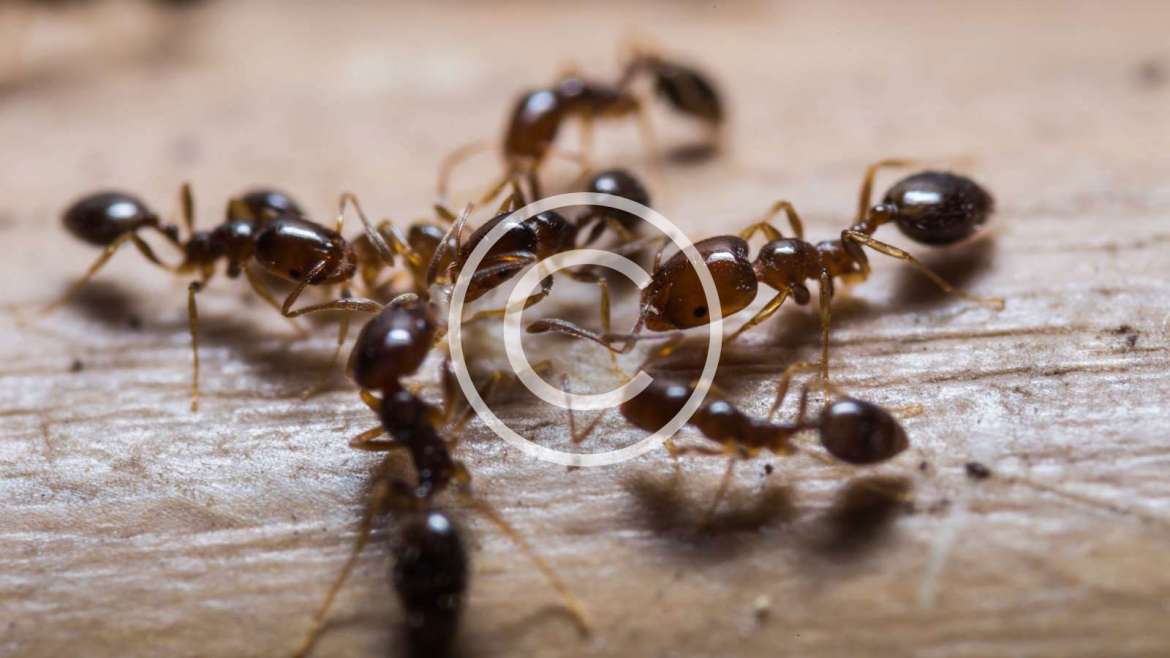
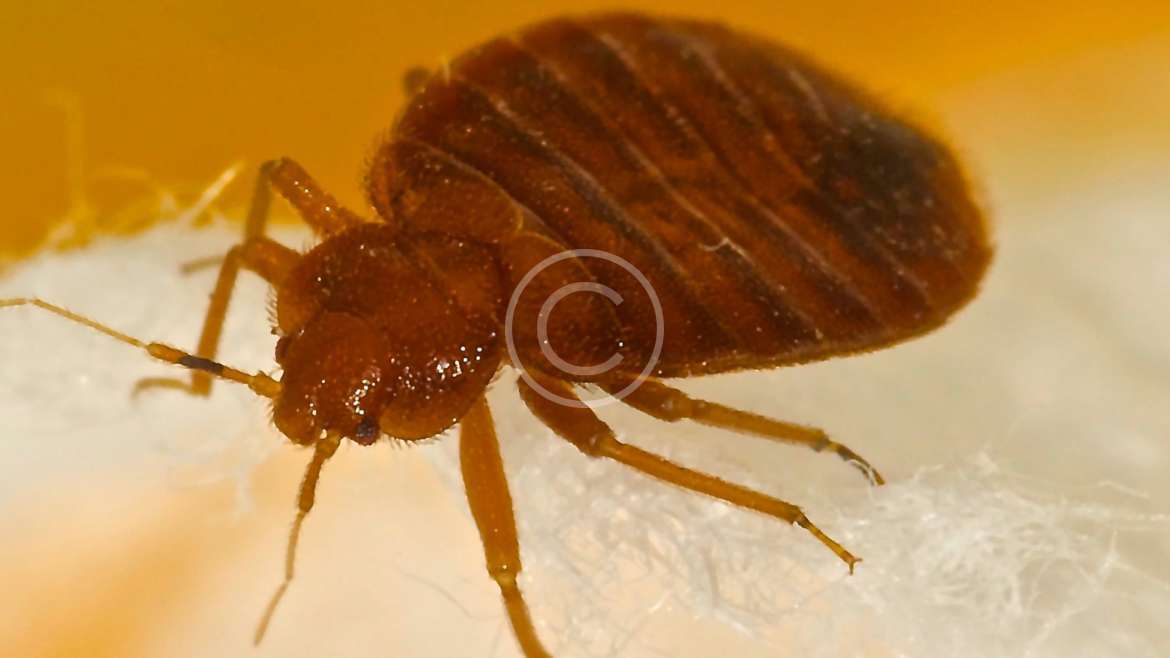
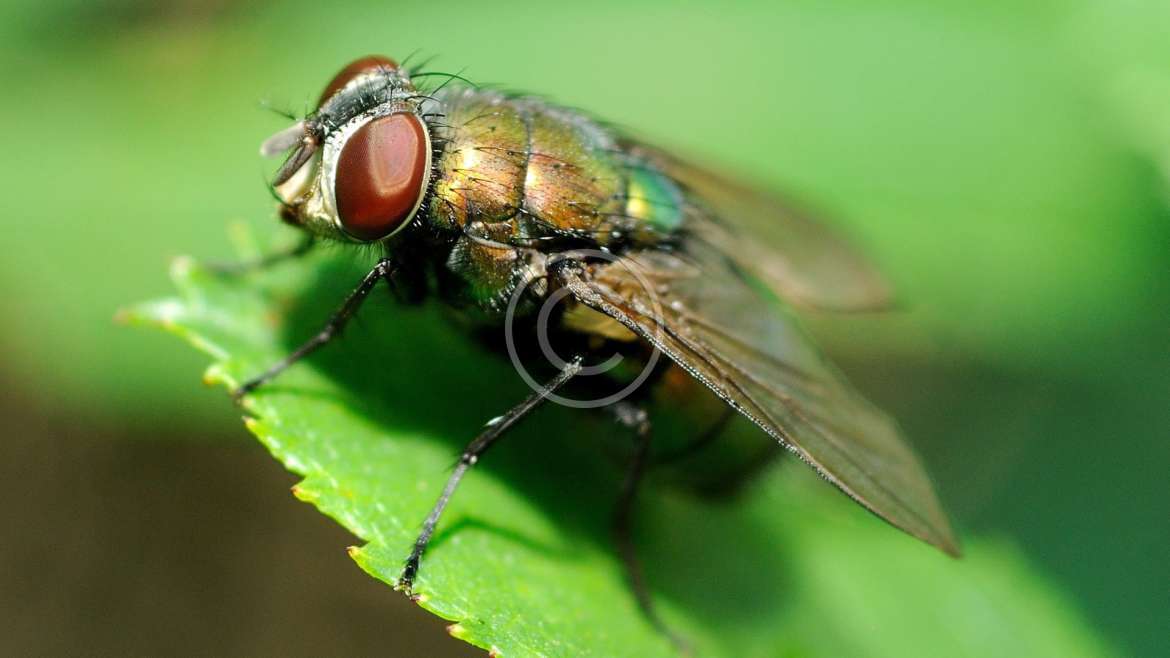
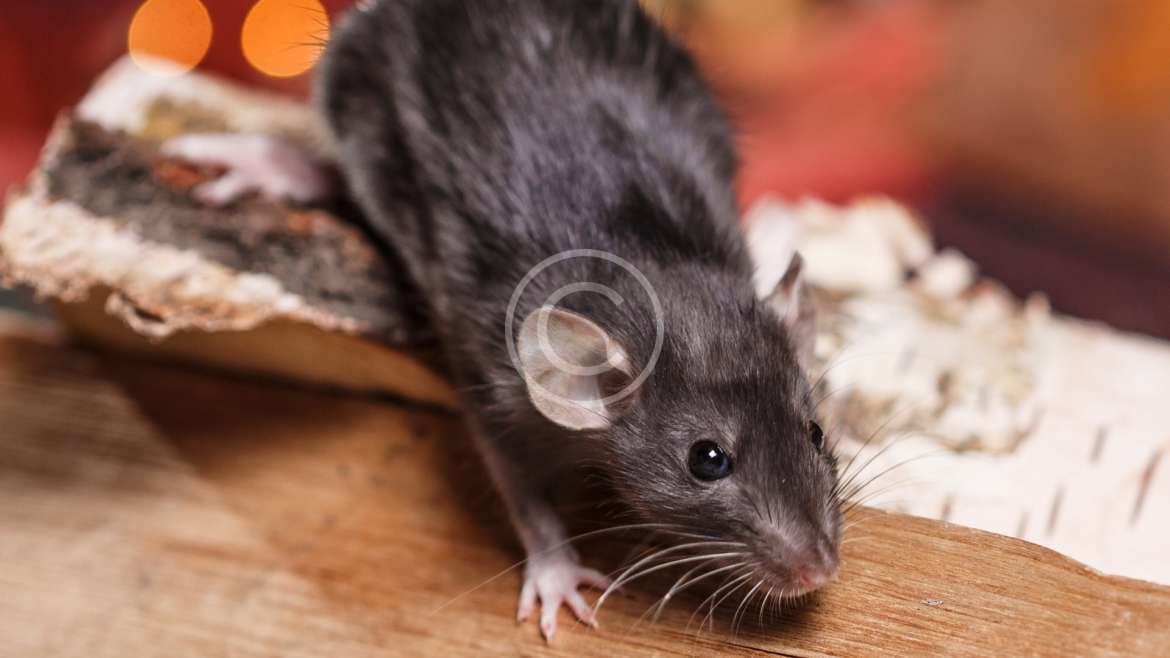
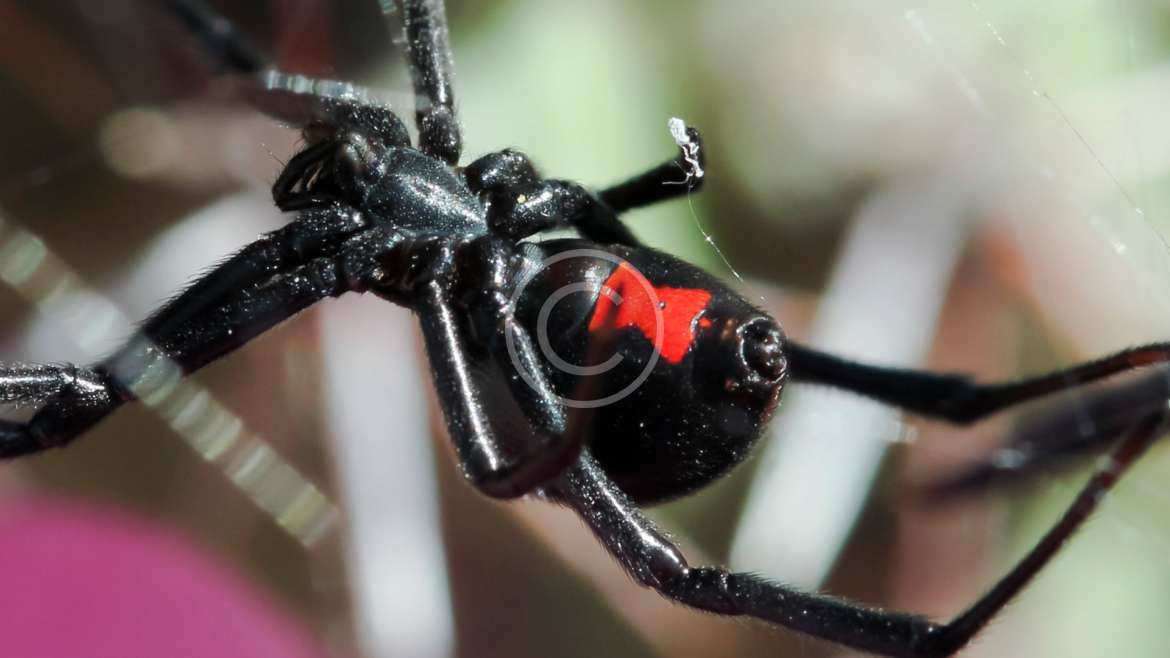
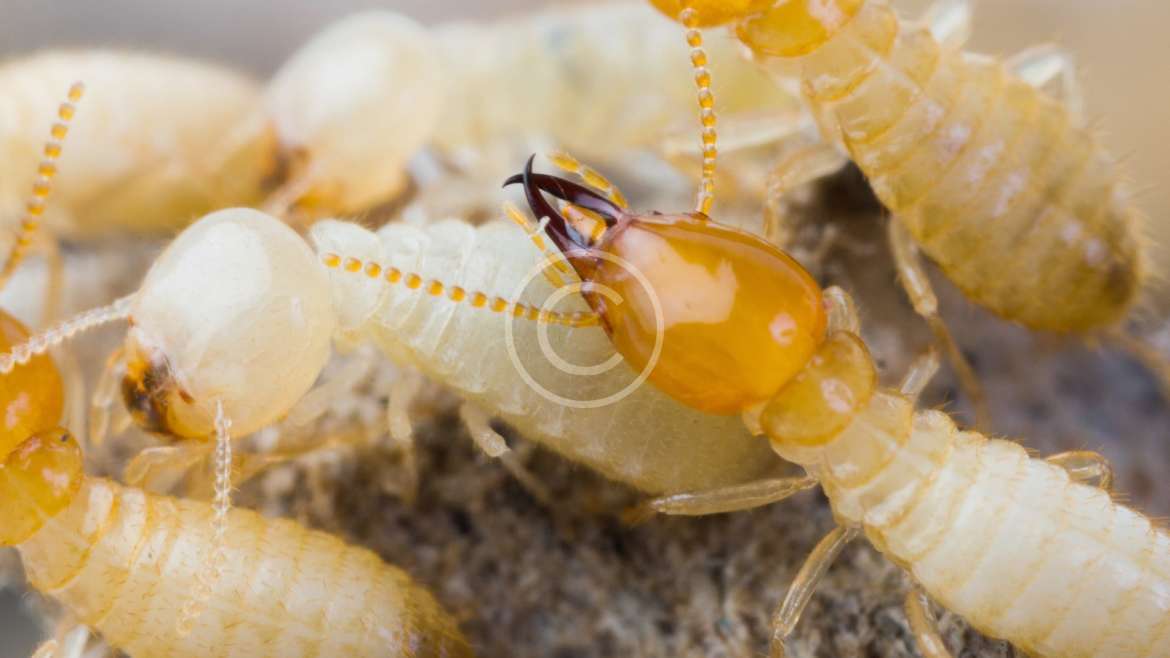
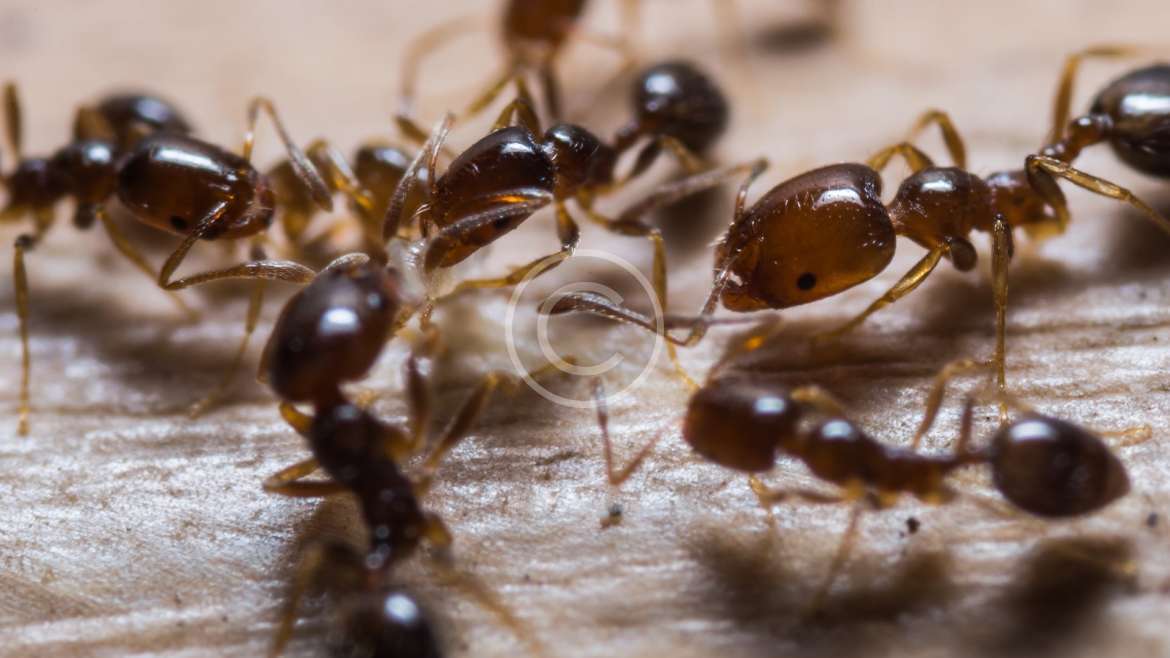
Previous
Next








